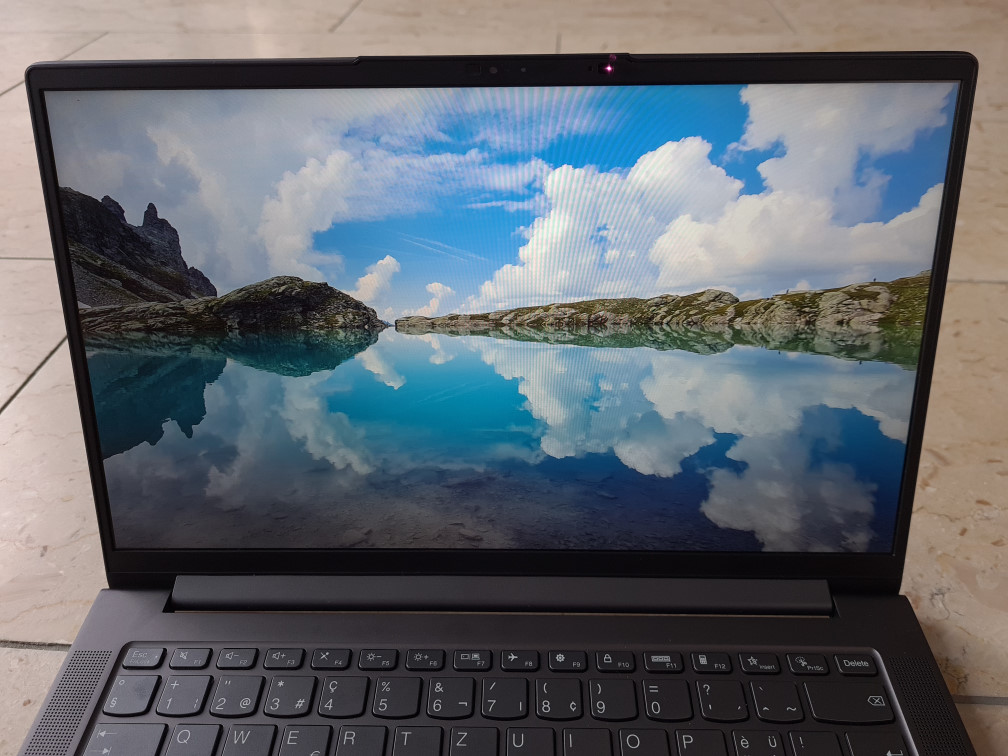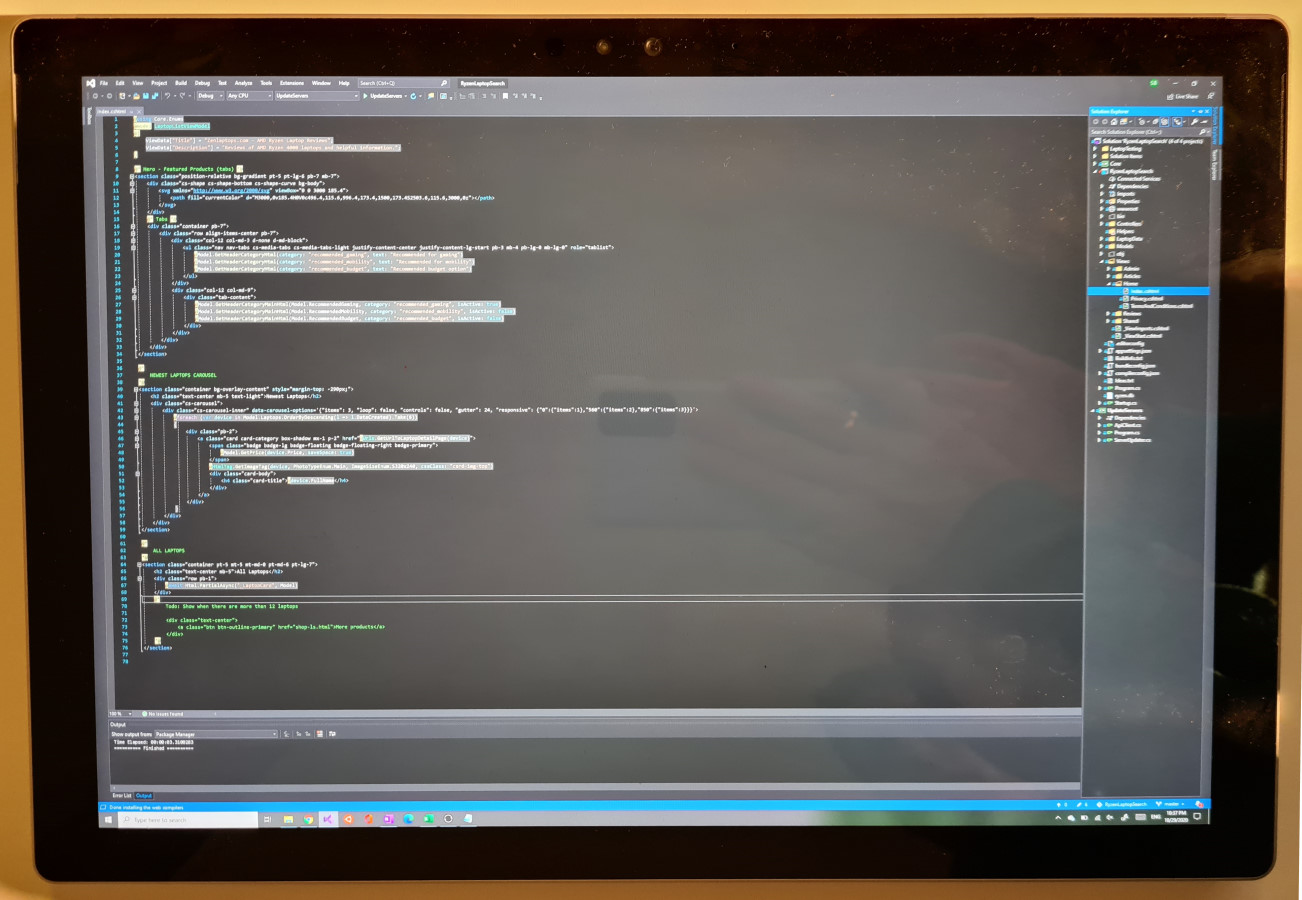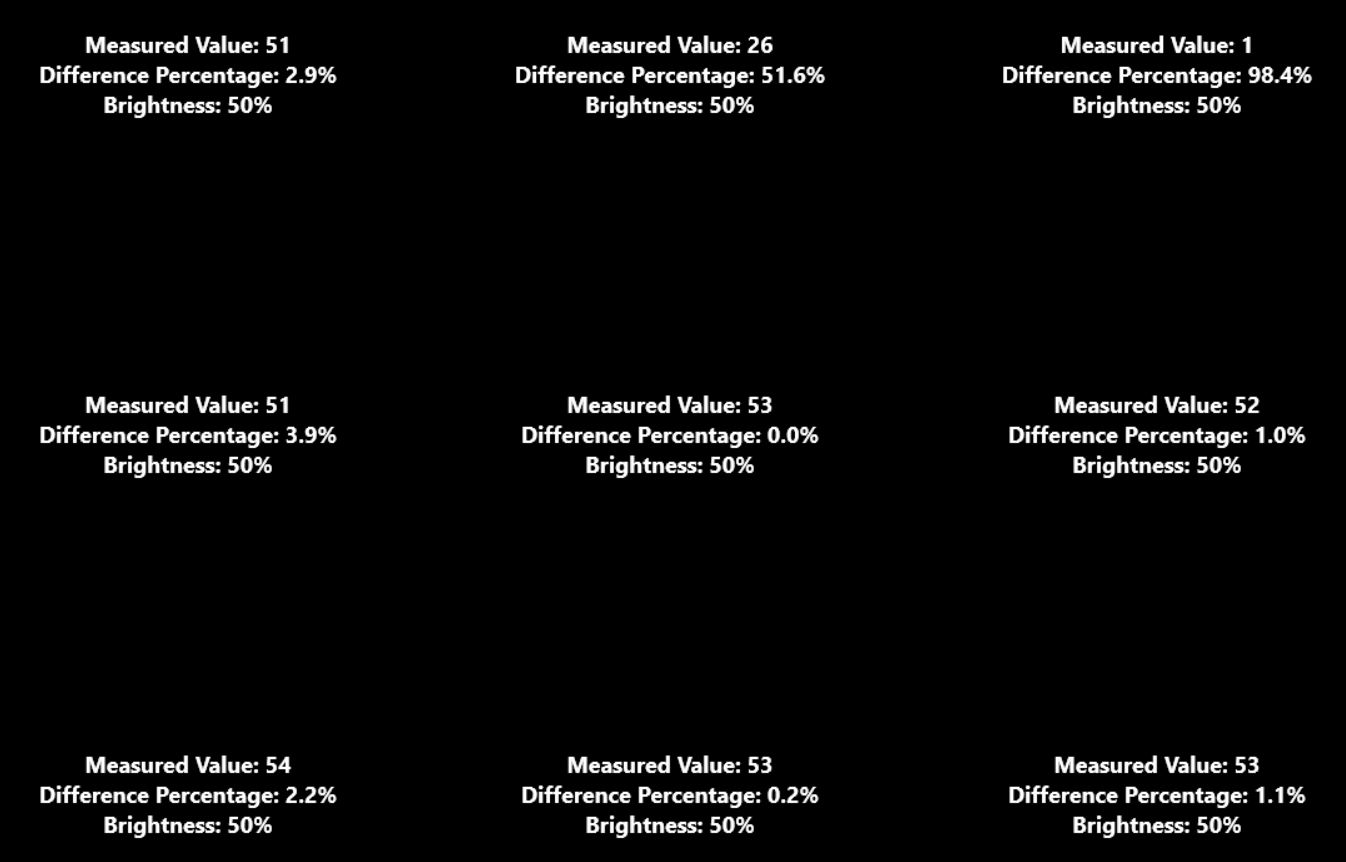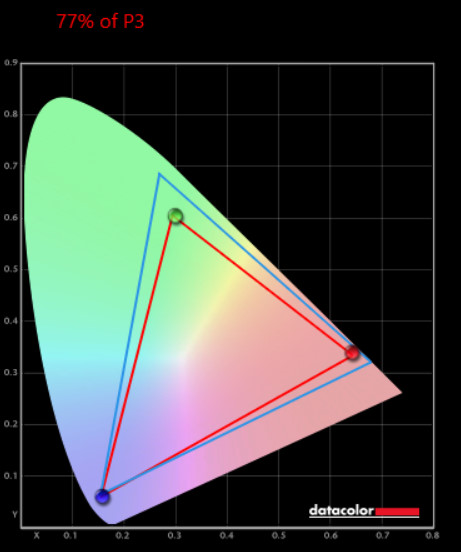Judge a Laptop Display in 30 seconds
Which display specifications are important?
The display is one of the most important components of a laptop, but how do you distinguish the good from the bad based on obscure specifications. Should you go for the “14” FHD Anti-Reflective 400-Nit Display” or the “13.5” UHD 500-Nit Display”?
In this guide, we will give you some rules of thumbs to pick a good display.

Most people need a display like the one of the Lenovo Yoga Slim 7: It is good in all areas without offering (expensive) features that only few users need.
Screen size:
Go for 15” or more if you look for a desktop replacement or gaming laptop, otherwise 14” or less for a more portable laptop. Bigger size generally means better cooling and more powerful components, all else being equal.
Resolution
1920x1080 pixel (FullHD) is the current standard resolution in laptops. It is a good compromise between sharpness and battery life but does not tell us anything about the screen quality.
Displays with different resolutions are preferable because they tend to be better overall. For example, an average display with a 1920x1200 resolution is going to be better than an average 1920x1080 display because it is nonstandard and costs more to produce. So, a manufacturer who goes trough the trouble, will make sure that the other aspects of the display are also top notch.
At the same time, try to avoid displays with extremely high resolutions (e.g. 4K), because they will drain your battery much faster.

The Surface Pro combines a 12.3” with a 2736x1824 resolution. Using it at a 100% zoom level is almost impossible, but it is possible to fit more content than on most 15” laptops.
Screen Type
TN:
Stay away unless you are looking for a cheap gaming laptop.
IPS:
Used to be expensive but is now the standard.
VA, WVA, PLS:
Sometimes used instead of IPS, they have slightly different trade-offs but not big enough to matter.
OLED:
You may know this from your smartphone. It is an awesome technology, but it needs more power to display whites, so if you have many programs with a lot of white content, your battery life will suffer. There is also a chance of burn in, although that has gotten much better.
Aspect Ratio
Most laptop displays come with a 16:9 aspect ratio. There are a few laptops with 16:10 or 3:2, which offer more vertical space. If you can, go for the non-standard ratios: They give you more space to work with and tend to have above average overall display quality.

Dell used a 16:10 ratio on the new Dell XPS to get rid of the bottom lip and increase the screen size without changing the size of the laptop at all. The user gains an additional 1920x120 pixel of vertical space – enough for the Windows task bar and a browser toolbar.
Average Brightness
Less than 300nits:
Stay away if you plan to use your laptop outside your house. Even inside, you may get annoying reflections from lamps.
300-400nits:
Usable outside with a matte screen coating. This is an acceptable brightness level for a laptop.
More than 400nits:
At this brightness, even glossy screens are usable outdoors.

Brightness distribution is important too: Displays that have areas that are much darker or brighter than others are less pleasant to use. This should not be confused with light bleed, which is a separate issue and, like dead pixels, can happen even to high quality displays.
Screen Coating
Manufactures may add a ‘matte' coating on the display (sometimes also called anti-glare). This reduces reflections but makes colors look more muted. If you use your laptop on the go, you should always go for this option if available. It will reduce annoying reflections and you can keep the display at a lower brightness level to save battery.
Unfortunately, touch screen displays almost always use glossy displays, so if you need touch, make sure the display is bright enough.
Refresh rate
The current standard is 60Hz. Higher rates make movement (e.g. scrolling) smoother, but you can usually only get it on gaming displays.
Response Times
This does not matter much for office work but is critical for gaming. Competitive gaming needs 5ms or less.
Screen Flickering (PWM)
If you get headaches when using a PC, it may be because of PWM. To lower display brightness, manufacturers can either dim the backlight or rapidly turn it on and off. The second option is cheaper but may leads to flickering. If you suffer from PWM flickering, make sure to get a display without it.
Color Accuracy
As a rule of thumb, try to get a display with 100% sRGB coverage. This means colors look like they should and if a display does not even cover 100% sRGB, then it is often poor in general.
If you do color sensitive work, then you need to make sure that the display covers whatever color spectrum you require and you probably also should purchase a calibration tool, because most laptops displays are not hand-calibrated.
Contrast Ratio and Black value
Nothing can ruin a laptop like a display that cannot display blacks properly. If dark gray is all you get, any content will look horrible. This is where OLED displays shine. Having said that, IPS displays are getting better at displaying blacks and even lower end laptops tend to manage decent black levels. You should be looking for a value of 0.5 or lower.
The contrast ratio is the difference between black and white on a display. OLED displays easily win this: Since the black value is zero, they have an infinite contrast.

Conclusion
All these different specifications are important and can give you a good idea of a display's quality, but nothing beats seeing a screen in person. So, if you can, visit a shop and have a look at the display in person. Check the colors and the blacks. Also move the laptop a bit: If the lights of the shop cause annoying reflections even at maximum brightness, then reconsider your choice if you want to use it on the go.
Manufacturers sometimes also use different display panels for the same model. These panels are supposed to have the same specifications, but they can still vary quite a bit. This is where user reviews on Reddit or Amazon can be helpful.